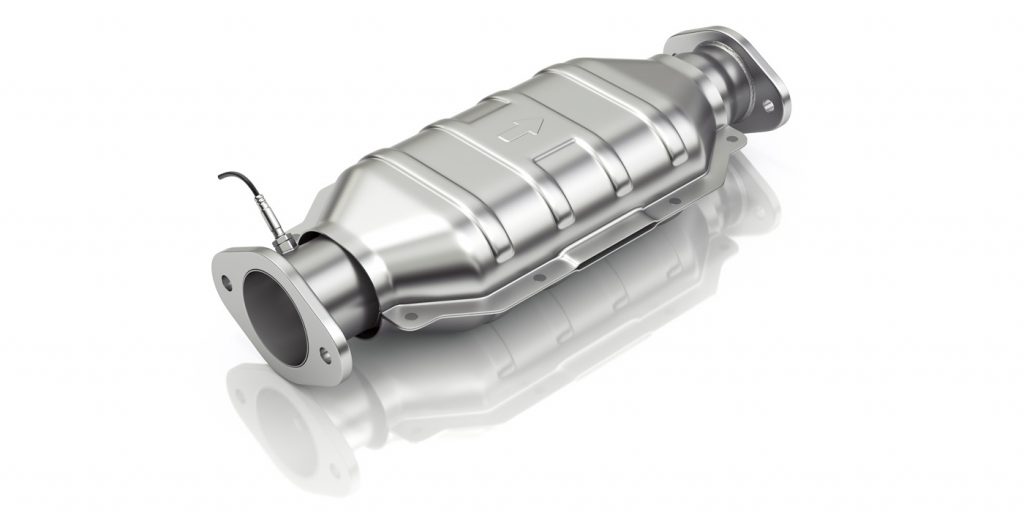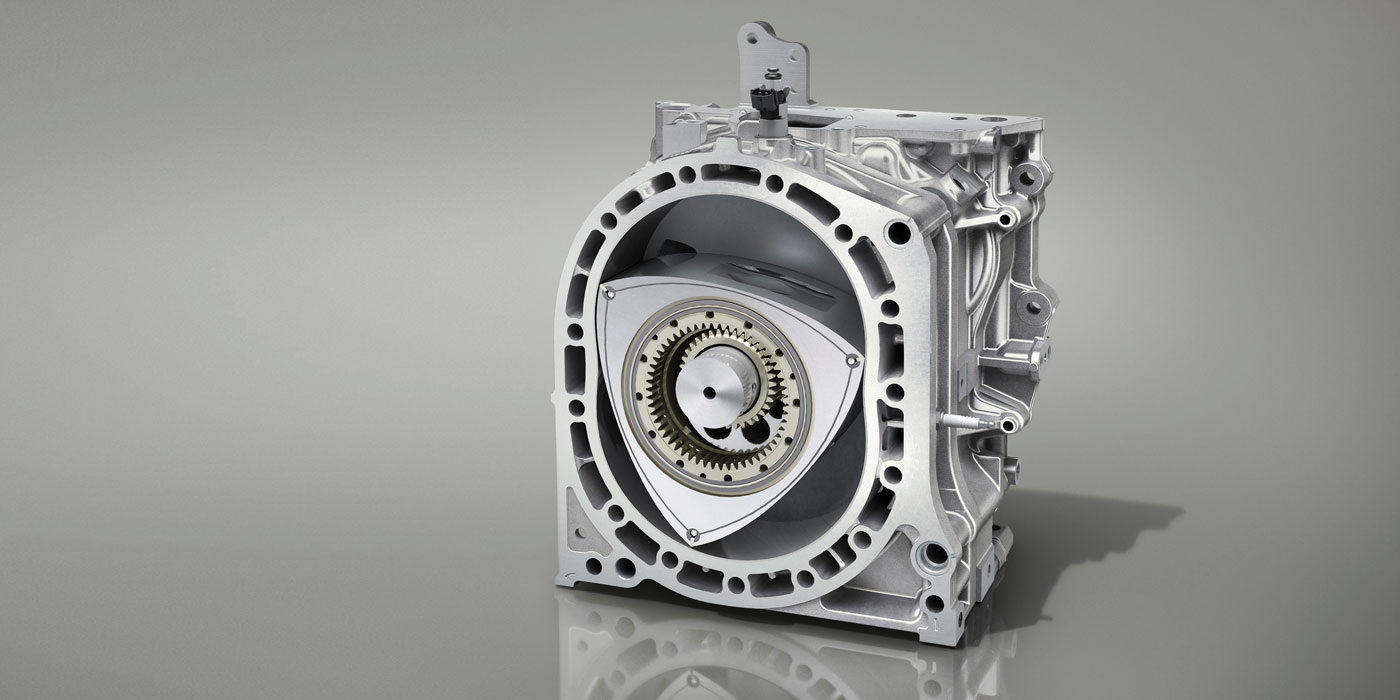Welcome readers, my name is Charles Dumont. Just for a little background on myself: I’ve been in the automotive aftermarket for around 40 years. I hold 13 ASE certifications. For many years, I was an automotive technician in California, where the the California Air Resources Board (CARB) has established strict emissions requirements that have been adopted by a number of other states. For most of my time in California, I was a certified smog-check technician.
That all leads to the topic at hand: replacing catalytic converters. While catalytic converters and mufflers are similar in appearance, and they’re located in close proximity to each other underneath the vehicle, the process of selecting and replacing a catalytic converter is quite different from a muffler.
Mufflers are pretty straightforward. Over time, they deteriorate from vibration and the heat generated by the exhaust gasses. Eventually, they develop holes in the outside casing and leak exhaust gasses into the vehicle and make noise. In some states, drivers can be cited for loud exhaust noise. A quick trip to the auto parts store or the muffler shop will take care of that.
The two basic types of mufflers are bolt-on and weld-on. If it’s a weld-on, the trip to the muffler shop is the easy way to go. A thorough inspection of the entire exhaust system also is highly recommended.
Catalytic converters are subject to the same exhaust gasses as a muffler. However, they also are sensitive to the overall condition of the engine, fuel system and ignition system. If the engine is burning oil or running too rich or lean, that will poison the converter and cause the “Check Engine” light to come on and set a P0420 code. When that happens, a thorough inspection of the engine and related components should be conducted. Simply replacing the catalytic converter is a short-lived repair. Also, the oxygen sensors should be replaced as a maintenance item at the same time.
A new aftermarket catalytic converter can be installed only if the original is missing, fails a state or local emissions inspection program or is plugged, leaking or has sustained physical damage. Most vehicles require catalytic-converter replacements when an illuminated “Check Engine” light indicates a converter failure or if the engine itself has failed an exhaust emissions test. To pass an exhaust emissions test, the converter must meet the exact configuration and capacity as specified by the OEM.
When replacing a catalytic converter or other emissions-control parts, it’s important to know whether the customer’s vehicle falls under EPA or CARB emissions standards. Some states follow California’s air-quality standards and some do not. The other states that follow the California guidelines are considered “CARB-compliant.”
The proper way to determine whether or not a vehicle falls under EPA or CARB guidelines is to look at the “Vehicle Emission Control Information” sticker in the engine compartment. (You could have your customer take a picture of the sticker and send it to you.) If the label references California, CARB or “50-State,” the vehicle falls under California’s emissions guidelines and will require a CARB-compliant catalytic converter.
Hope you enjoyed this column and I hope to bring you more information in the future.













